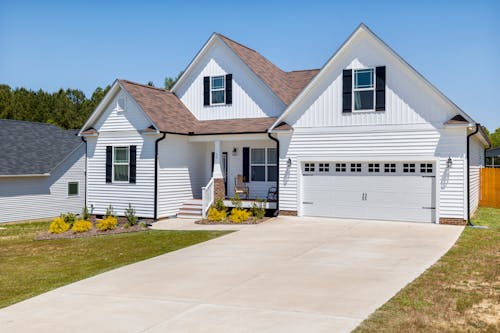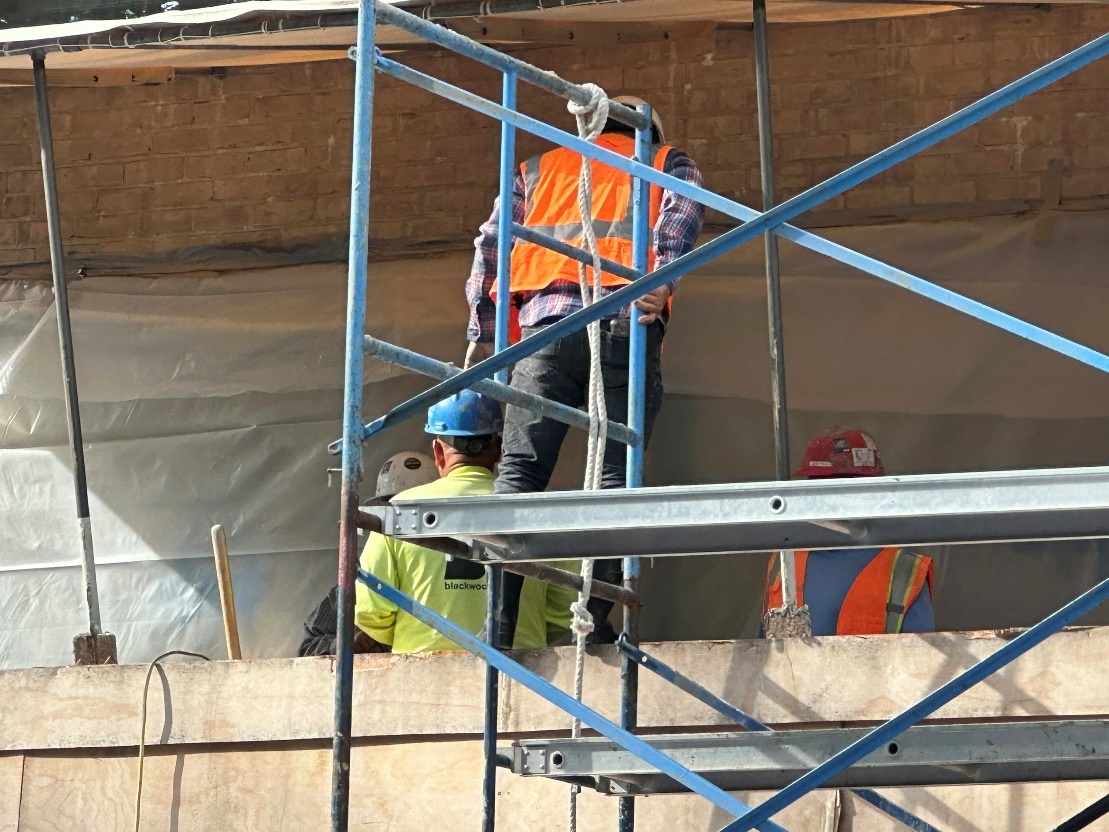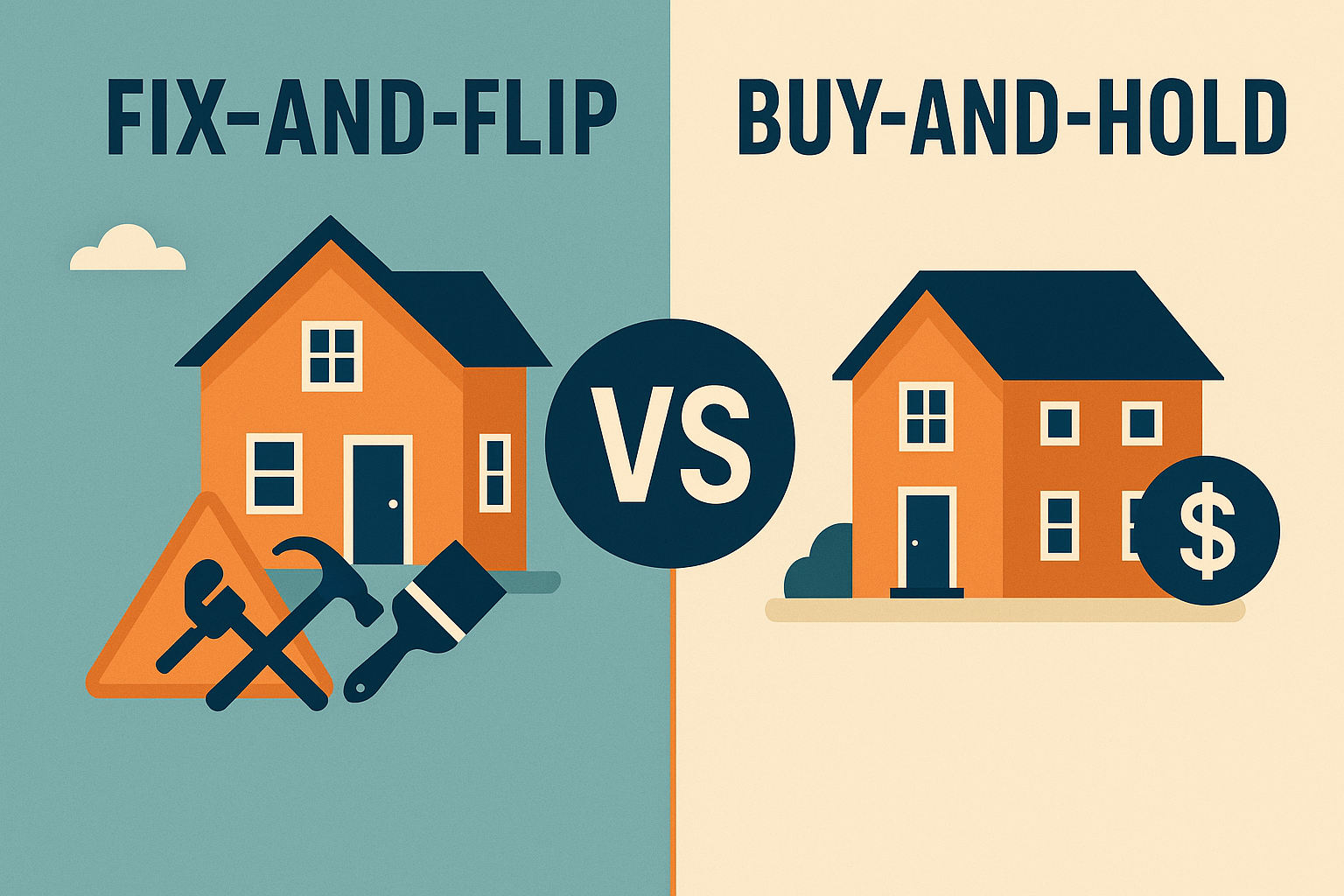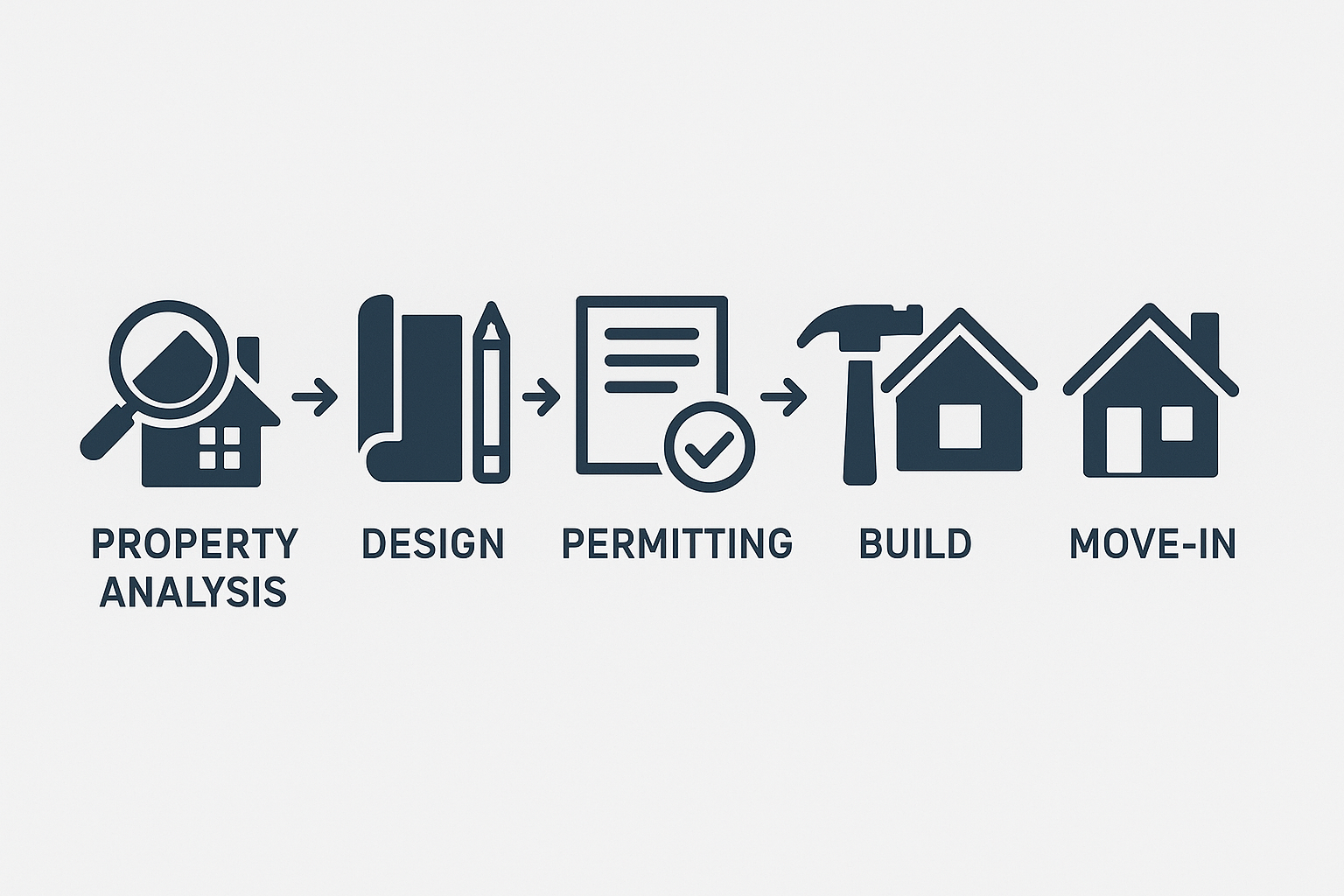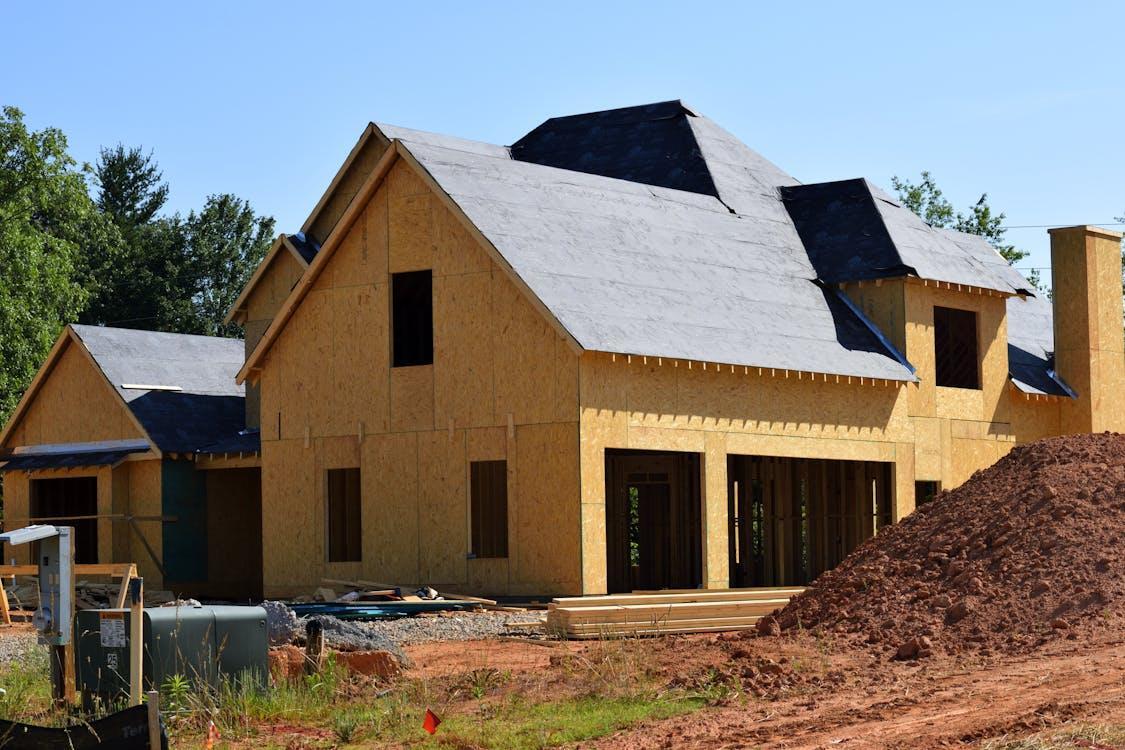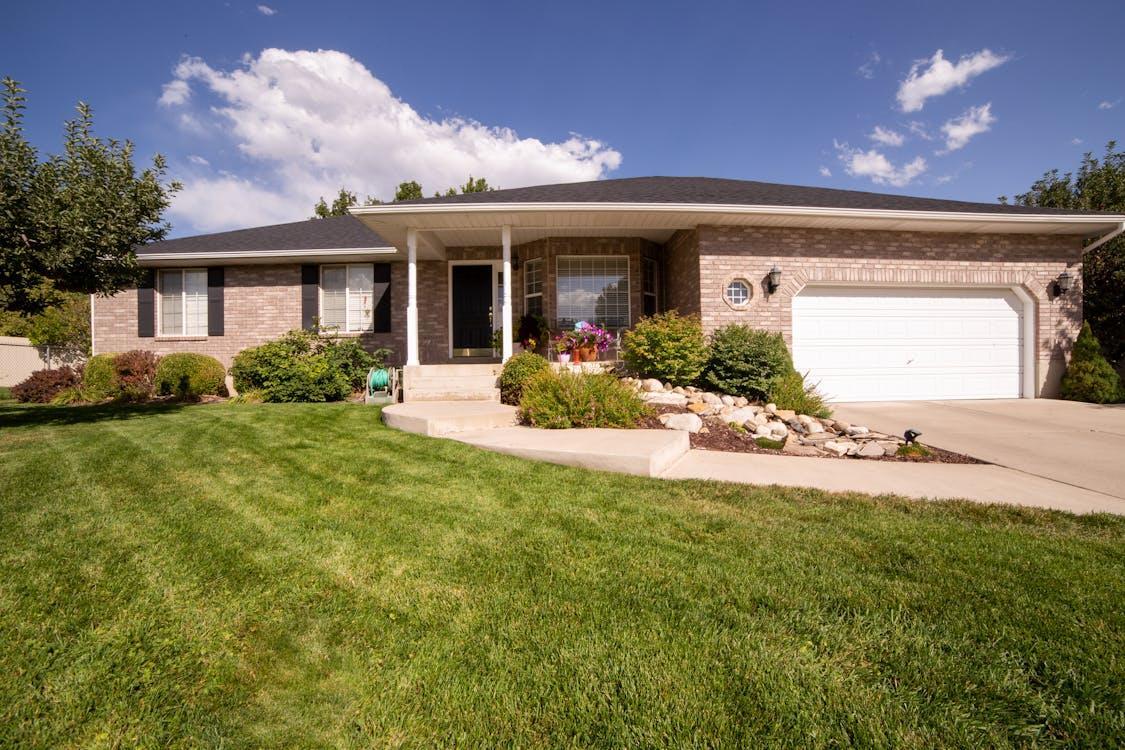South Carolina has become a hotbed for real estate flipping. With the median home value in South Carolina sitting around $380,800 as of April 2025, the math makes sense for real estate investors aiming for quick, high-level returns.
However, the challenge for many investors isn’t finding a good deal—it’s financing it quickly. That’s why fix and flip loans for real estate investors have become the go-to option for those looking to buy, renovate, and sell properties within months, not years. Let’s learn more about how these fix and flip loans are the ultimate financing option.
What Are Fix and Flip Loans?
Fix and flip loans are short-term financing options specifically designed for real estate investors purchasing distressed properties, renovating them, and reselling them for profit. These loans are typically funded by a hard money lender—a private entity that focuses on asset-based lending rather than borrower credit.

These loans are ideal for South Carolina’s fast-moving markets, especially in cities like Charleston, Columbia, Greenville, and Myrtle Beach where demand for updated housing is strong and inventory is tight.
Why Fix and Flip Loans Are Ideal for Real Estate Investors in South Carolina
1. Speed Is Everything
In a competitive real estate market, investors don’t have weeks to wait on traditional bank approvals. Fix and flip lenders can approve and fund deals in days. That speed gives investors an edge when bidding on foreclosure auctions, off-market deals, or REO properties.
Traditional banks ask for tax returns, and long underwriting timelines, and often shy away from distressed homes. Hard money loans are based on the property's value after repairs—known as ARV (After Repair Value). That allows for quicker decision-making.
2. Short-Term Flexibility
Most fix and flip loans for real estate investors are structured for 6 to 12 months. This matches the typical timeline for renovations and resale. Investors aren’t tied into long amortization schedules or early payoff penalties that come with standard mortgages.
This setup is perfect for flipping in South Carolina, where contractors are often available, permitting is relatively streamlined, and buyer demand allows for quick resale once work is complete.
3. Credit Score Is Less Important
Traditional lenders lean heavily on personal credit. Hard money lenders look at the asset and the deal structure. This makes fix and flip loans accessible to first-time flippers, investors rebuilding credit, or those juggling multiple deals.
In South Carolina’s competitive housing markets, that access means investors can keep working without pausing to meet FICO thresholds or refinance existing debt.
4. LTV and Rehab Budget Support
Most hard money loans offer up to 70%–75% of ARV and will finance a large portion of the rehab costs. This reduces the upfront cash required, allowing investors to keep more liquidity available for materials, contractors, and other properties.
Example:
- Purchase price: $180,000
- Rehab costs: $60,000
- ARV: $320,000
The loan amount could be as high as $240,000–$250,000 (depending on the lender), often covering 100% of the purchase and a chunk of rehab.
5. Targeted for Resale, Not Rent
Unlike long-term rental loans, fix and flip loans are focused on the short-term objective—resale. South Carolina markets like Charleston and Greenville have a high demand for turnkey properties. Renovated homes in these cities often sell within days if priced right.
This means you can go from acquisition to profit within 3–6 months in the right deal.

What to Look for in a Fix and Flip Lender in South Carolina
Not all development loan lenders are equal. When searching for the right fix and flip lender, South Carolina investors should consider:
- Local market knowledge: Does the lender understand zoning, permitting, and resale values in your area?
- Speed of funding: Can they close within 7–10 days?
- Construction draw process: Is it fast and contractor-friendly?
- LTV and rehab funding: Will they cover both acquisition and renovation?
- Term flexibility: Can they extend the loan if the resale takes longer?
Choose a hard money lender that acts like a partner—not just a funder.
Fix and Flip Risks (and How Loans Help Manage Them)
Every investment comes with risk, but smart financing can help you manage it.
- Risk: Underestimating renovation costs
Solution: Work with a fix and flip lender who requires a detailed scope of work and offers staged draws. This forces planning.
- Risk: Delays in permits or contractor availability
Solution: Choose lenders who offer 12-month terms and allow short extensions if needed.
- Risk: Market softens during rehab
Solution: Stick to median-priced homes in high-demand neighborhoods. Avoid luxury flips with fewer buyers.
South Carolina’s Fix and Flip Hotspots
Investors are seeing strong flip returns in areas like:
- Charleston: High resale values and coastal demand
- Greenville: Rapid population growth and strong job market
- Columbia: Steady resale market and affordability
- Rock Hill and Spartanburg: Ideal for entry-level flips with lower entry costs
Each of these cities has neighborhoods where older homes are in need of rehab—and buyer demand is high.

Partner With a Fix and Flip Lender in South Carolina Who Gets It
Ready to scale your property investment business in South Carolina? InstaLend offers fast, flexible fix and flip loans for real estate investors in South Carolina looking to buy, renovate, and resell homes with confidence. With competitive rates, quick approvals, and a focus on your project’s potential—not just your credit—InstaLend helps you close deals and boost ROI. Apply today to get started and turn your next flip into a smart profit.



